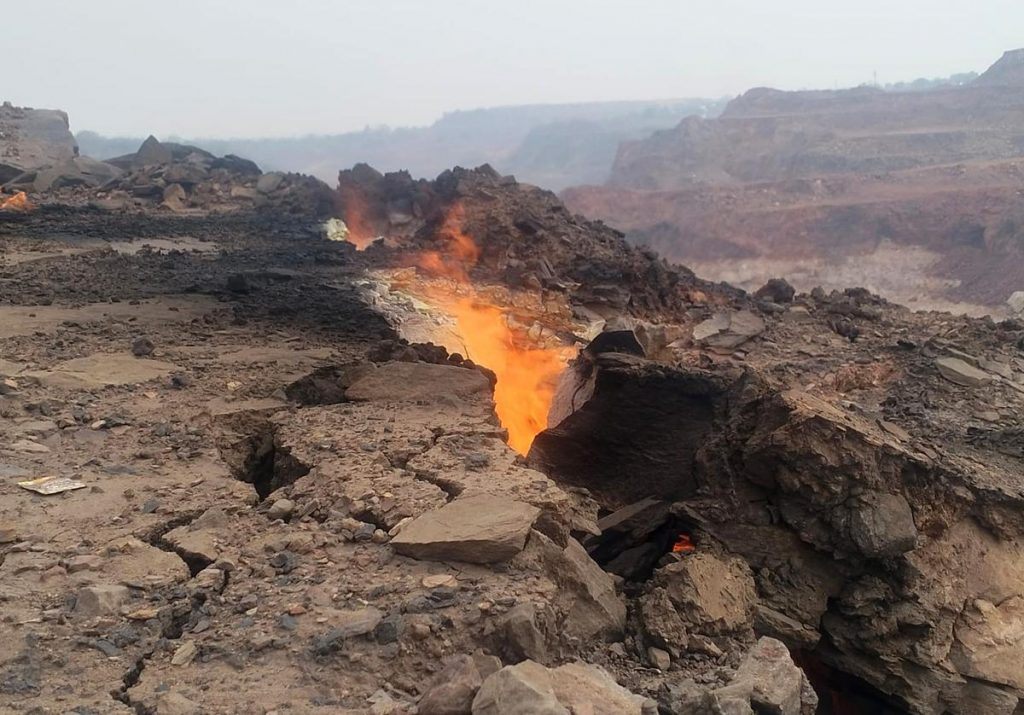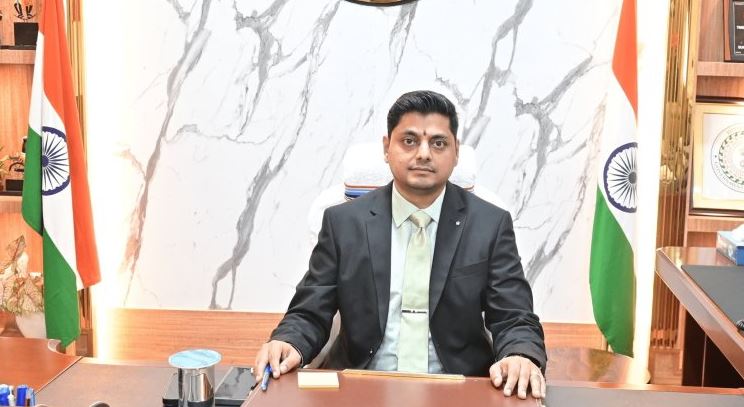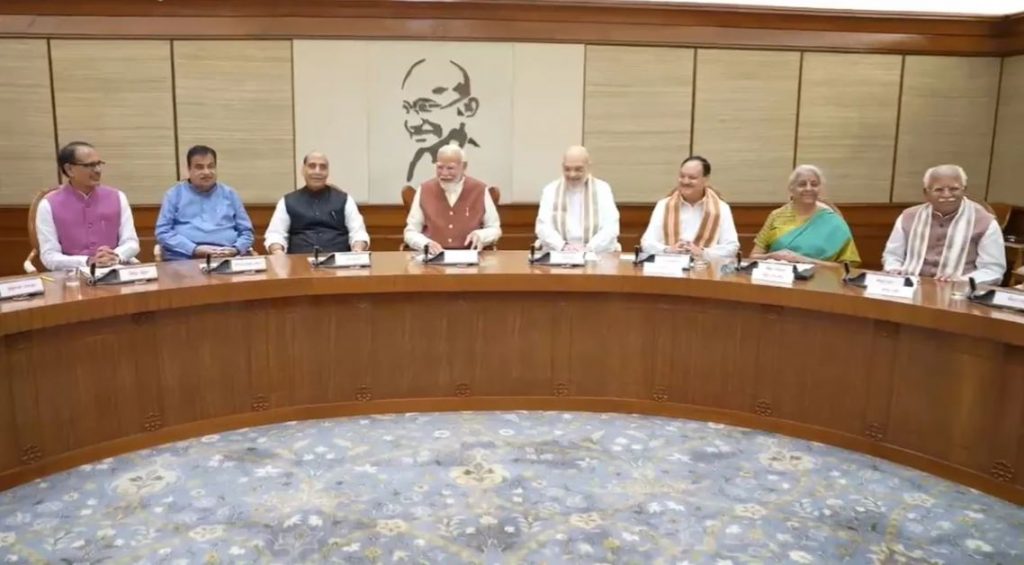
The Central Government has approved the revised Jharia Master Plan, allocated Rs. 5,940 crore to address the long-standing issues of underground fires and land subsidence in Jharia, Dhanbad. This plan aims to rehabilitate over 1 lakh families living in dangerous, fire-affected coal mining areas and ensure their safe relocation and sustainable livelihoods. The decision was taken during a recent Cabinet Committee on Economic Affairs (CCEA) meeting chaired by Prime Minister Narendra Modi. This revised plan replaces the original 2009 plan, which failed to achieve its objectives due to legal, technical, and social challenges.
Also Read: CIL’s Coking Coal Output Dips in May, Raising Concerns Over Import Dependency
Key Highlights of the Revised Plan
104,946 families to be relocated from hazardous zones—32,064 landowners (raiyats) and 72,882 non-landowners. Phase 1 (to be completed in 3 years) will focus on relocating families from 81 extremely dangerous areas, including parts of Lodna, Sijua, Kusunda, and other zones under BCCL. Landowners will receive 5 times the market value of their land, or an equivalent land parcel. Each family will be provided Rs. 50,000 as shifting allowance, Up to Rs. 3 lakh in soft loans for self-employment, Livelihood grants of Rs. 1 lakh for skill development, Permanent housing units: 50 sq. meters for landowners and 38.92 sq. meters for non-landowners
Also Read: Jharkhand High Court Reviewed PIL Against Illegal Mining in Panem Coal Mines
Focus on Livelihood and Infrastructure
To ensure long-term rehabilitation, the plan emphasizes livelihood generation, not just physical relocation. A dedicated Jharia Alternative Livelihood Rehabilitation Fund will be set up, with skill development centers, free coaching, and training initiatives—especially for women and youth. The relocated areas will be developed with essential infrastructure like roads, electricity, clean water, schools, hospitals, and community centers, ensuring a dignified life for displaced families.
Also Read: Tata Steel: JCCM Meeting Discusses Key Employee Issues
Background of Jharia Coalfields
Jharia’s coalfields have been burning since 1916, endangering thousands of residents. The original master plan of 2009, with a budget of Rs. 7,112 crore and 10-year implementation window rehabilitated only 2,855 families. The revised plan aims to fast-track implementation, backed by annual funding support from Coal India (Rs. 500 crore per year) and improved coordination between BCCL and the Jharia Rehabilitation and Development Authority (JRDA).
Also Read: Jharkhand Administrative Officers Promoted to Higher Rank

Assurance from the District Administration
Dhanbad DC Aditya Ranjan assured that the plan will be implemented in a phased, transparent, and people-centric manner. Authorities aim to focus more on skill-building and employment rather than just infrastructure construction. While many hail the revised plan as a long-overdue step, activist groups like the Jharia Coalfield Bachao Samiti and Koplanchal Nagarik Manch have criticized it as “directionless” and “cosmetic,” urging more comprehensive compensation and accountability.
Also Read: Fake Mining Syndicate Busted in Pakur. Forged E-Challans Used for Illegal Stone Transport


